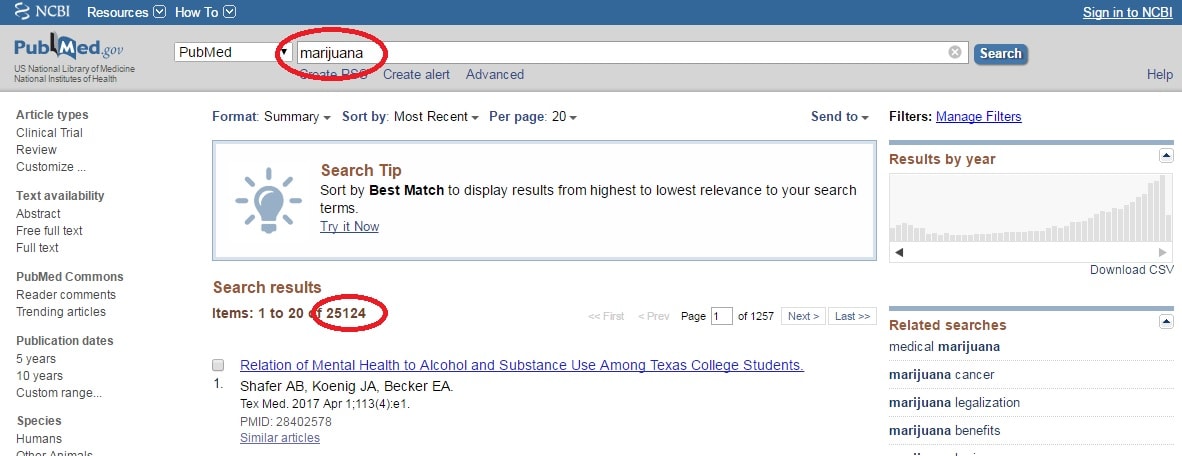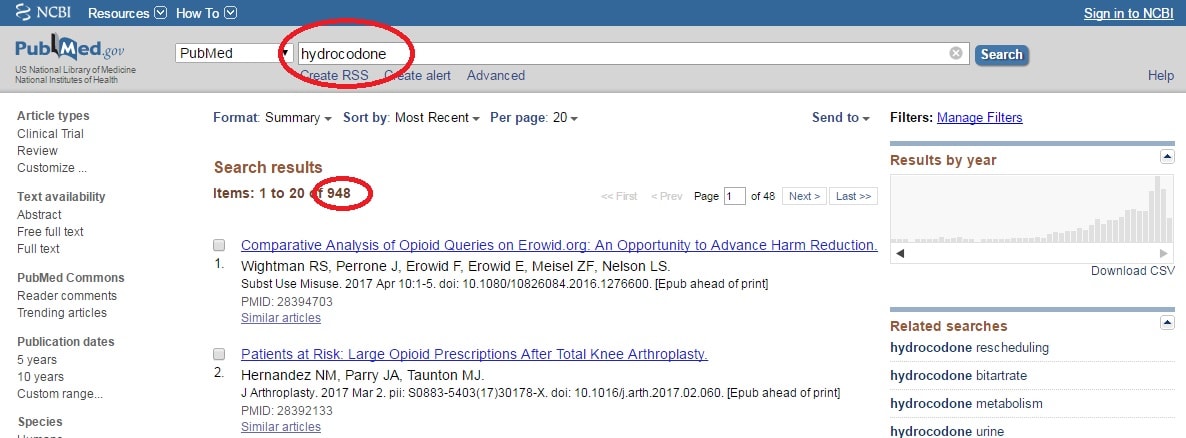When it comes to opposing cannabis, one of the ‘go to’ talking points for opponents is that ‘there needs to be more research’ before reform can occur. This is a common talking point for cannabis opponents both inside and outside of professional sports. It is a talking point that, for better or worse, resonates with many people that are on the fence about supporting reform. It is a good thing, in that the need to research cannabis is definitely something that should be supported.
But, it can be a two-edged sword because when people hear the ‘need for more research’ line from opponents, it makes it sound like the cannabis plant hasn’t been studied very much over the years. Opponents know this, which is why they often go to this delay tactic. Calling for more research is a way for an opponent to oppose cannabis reform, while coming across as not necessarily being against cannabis. It helps them avoid direct confrontation and delay the debate.
Opponents who use this tactic are glossing over one very big fact – there is an enormous amount of cannabis research that has already been conducted, and is easy to locate. PubMed.gov houses the online ‘U.S. National Library of Medicine National Institutes of Health’ database. A quick search for the term ‘marijuana’ yields 25,124 returns as of this post, as you can see in the screen shot below:
As you can see from the ‘results by year’ chart in the upper right hand corner of the screen shot, the amount of cannabis research has been growing significantly in recent years – the same years that the ‘need for more research’ claim has been pushed by opponents more and more. To put into perspective how cannabis research compares to other substances, look at the search for one of the most common opioid prescriptions, hydrocodone. As of this posting, a search on PubMed.gov only yields 948 results for research, as seen below:
Toradol, which is widely used in the National Football League (NFL), as described by Eugene Monroe in his article for The Player’s Tribune, only yields 742 results. Even tylenol returns less study results than cannabis (20,540). For league officials to say that ‘there needs to be more research’ is a slap in the face to compassion and logic. As the math itself proves, the cannabis plant has been researched more than substances that are widely embraced by professional sports leagues.
Cannabis is non-toxic, and has been proven to be an effective treatment for all types of conditions and ailments. One study found that cannabis is 114 time safer than alcohol, a substance that is widely embraced by professional sports leagues that prohibit cannabis. The Uncle Cliffy team recognizes that there will always be a need to add to the body of cannabis research that already exists.
However, we also believe that there is clearly enough research and other evidence available RIGHT NOW for league officials to conclude that cannabis prohibition has failed, and that allowing players to use cannabis is a smart, safe move. The Uncle Cliffy team invites league officials in professional sports leagues that prohibit cannabis to take a strong look at the available cannabis research. We have been compiling a list of some of the more relevant cannabis research on this site to make it easier for people to learn the truth about the cannabis plant and how athletes can benefit from its use. That list can be viewed at this link here.


